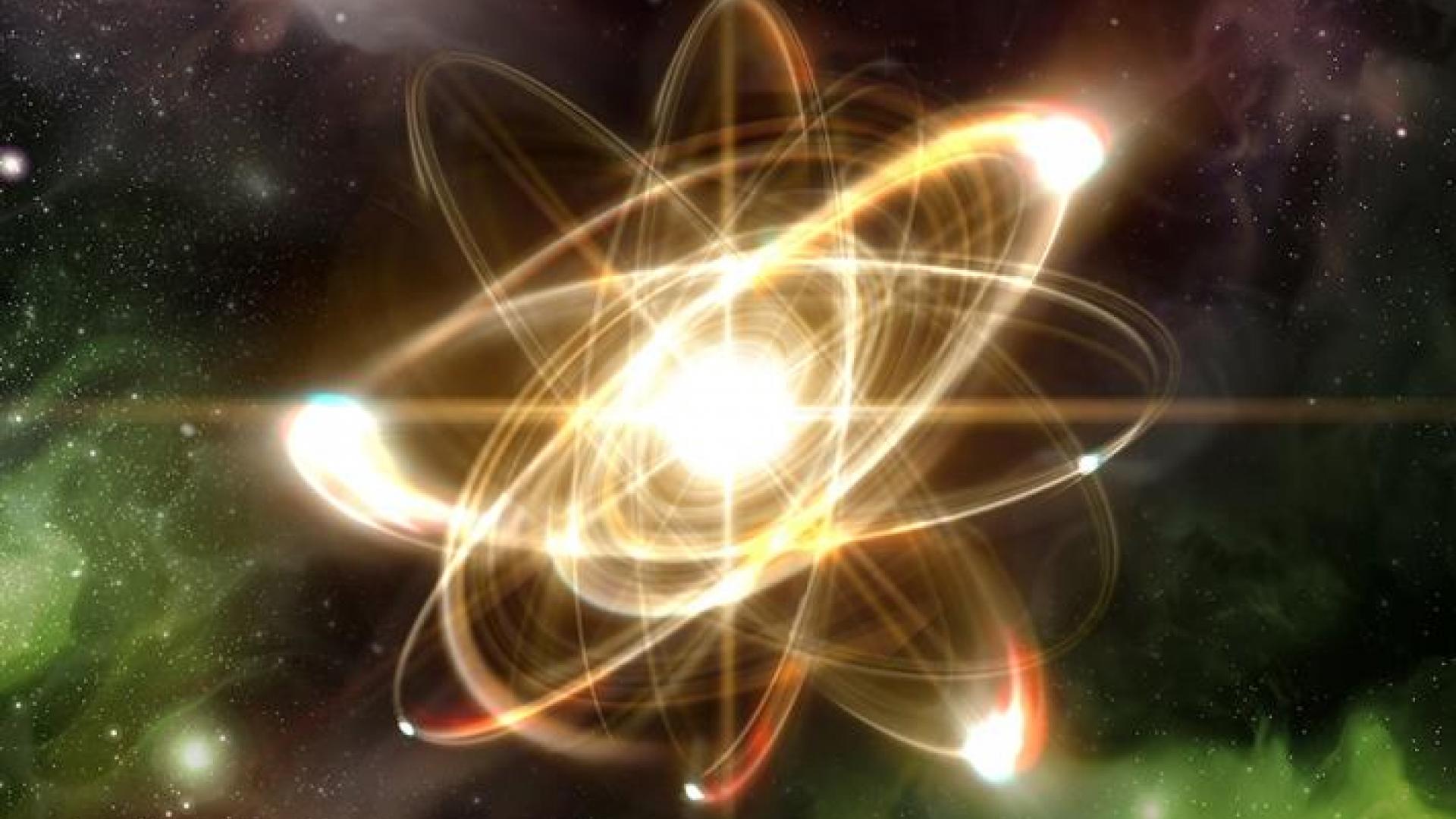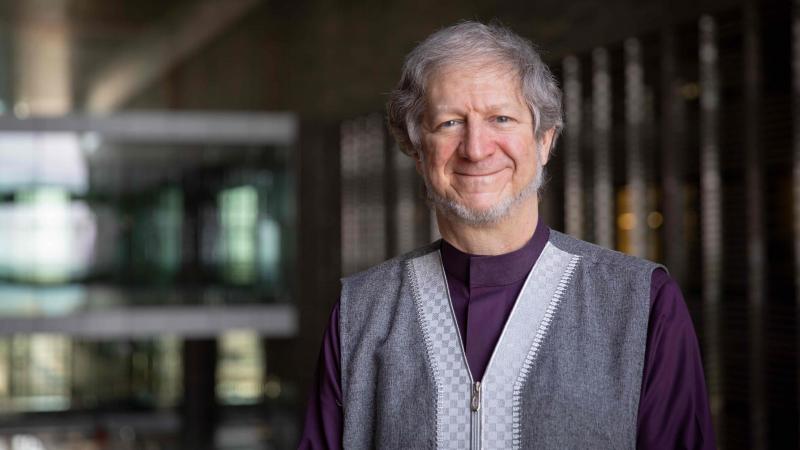Around the world, scientists, researchers and engineers seek to develop sustainable alternatives to the burning of fossil fuels. Some explore the kinetic energy of wind, gravity or water. Others capture excited electrons using photosensitive materials. William Tang, a principal research physicist at the Princeton Plasma Physics Laboratory at Princeton University, wants to power the world using the chemical reaction that stars run on—nuclear fusion—and he believes deep learning is a key.
Fusion has been described as the holy grail of power sources. It is the sister process to fission, or the splitting of atoms—colloquially referred to as nuclear power—though in truth, both are "nuclear" sources.
Fusion is clean and, unlike conventional nuclear power, does not result in a radioactive spent fuel byproduct. It is also considered much safer than the fission technologies that lie at the center of the meltdown incidents at Fukushima, Three Mile Island and others. However, recreating stellar conditions on Earth is an exceedingly difficult undertaking.
Read the full article

